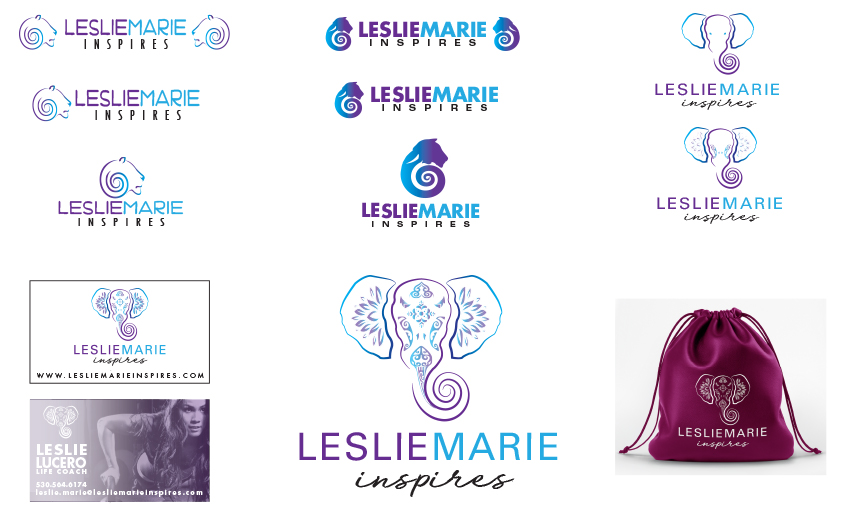The graphic design services that I provide are customized to the needs of my clients. The unique personalities and content associated with these projects is always inspiring and I learn more about my craft with each one. I am passionate about design and applying it to helping my clients achieve their goals, while I do the same.

Project Management
Each design project begins with a client/designer meeting where goals and concepts are discussed. Intensive research then begins regarding the client, product, or business and their currently occupied and ideal market space. This information gathering will be followed by a design brief from the designer to the client that details the concepts, deliverable, timeline, and estimated cost of the project.
Conceptual Development
Developing concepts starts with a pencil and sketch pad for me. I create thumbnail sketches of concepts by the dozen to pinpoint the appropriate look for the project. I then collect or create relevant imagery for the project and begin to develop the concept into a functional design, most commonly using Adobe Illustrator. During the evolution of the project I choose the color scheme, based mostly on color relationships including complementary, split complimentary, and triadic. I also base this choice on the clients preference as well as color psychology, or how the color mentally effects the audience. Typography is also a substantial consideration in presenting a well received message and is chosen from thousands of options to best represent the client and effectively communicate to the target demographic.


Production
The production of a design project is as unique as each client. Design techniques and software functions are constantly changing and evolving and production processes must follow suite in order to remain competitive. Production costs and deadlines will be thoroughly detailed in the design brief following the initial client/designer meeting. This design brief will serve as a foundation for all design decisions made throughout the project.
Critique
This step in the design process involves feedback from the client and other sources regarding the design decisions made on the project to this point. The use of color, typography, imagery, graphic content, balance,and overall market effectiveness will be discussed, followed by any necessary revisions.


Presentation
The presentation is the final step in the project. This will be the debut of the final deliverable to the client. At this point the design should be an accurate representation of the conclusion to the design problem that the client previously faced.

